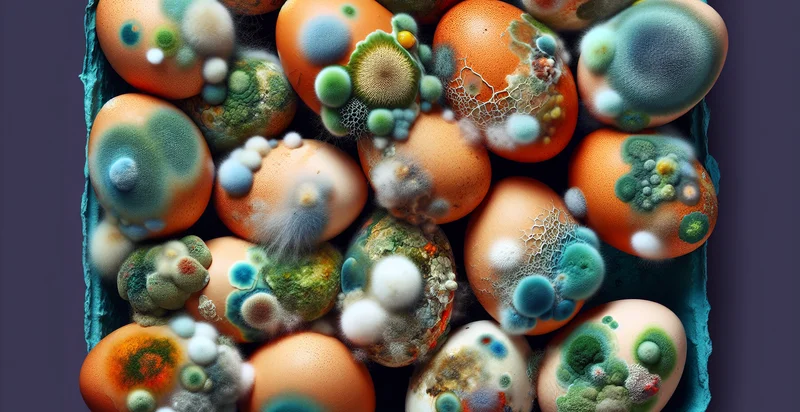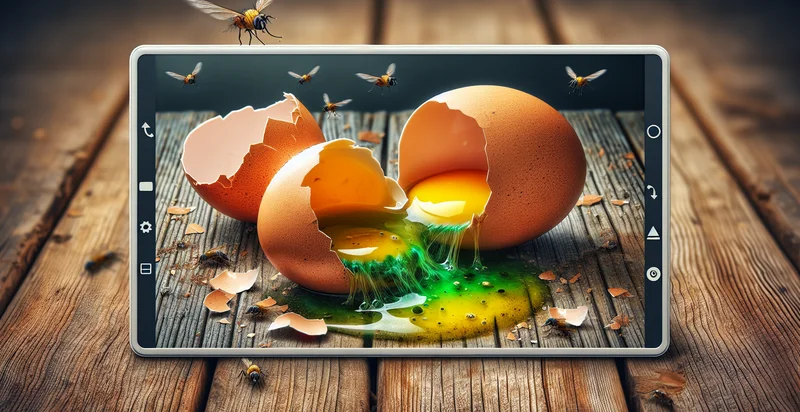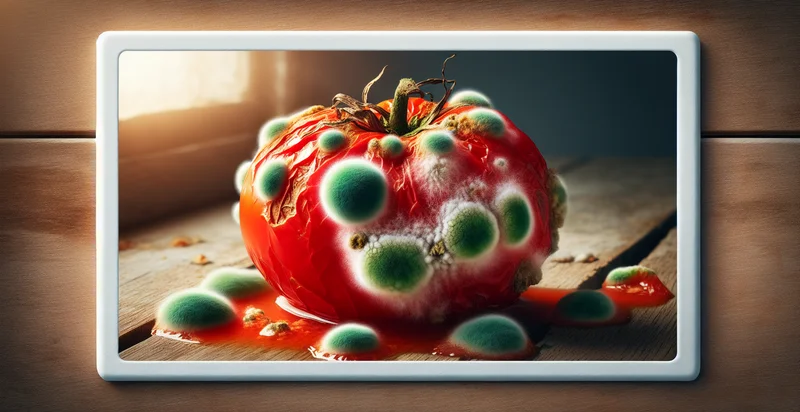Identify if eggs are moldy
using AI
Below is a free classifier to identify if eggs are moldy. Just upload your image, and our AI will predict if the eggs are moldy - in just seconds.

Contact us for API access
Or, use Nyckel to build highly-accurate custom classifiers in just minutes. No PhD required.
Get started
import nyckel
credentials = nyckel.Credentials("YOUR_CLIENT_ID", "YOUR_CLIENT_SECRET")
nyckel.invoke("if-eggs-are-moldy", "your_image_url", credentials)
fetch('https://www.nyckel.com/v1/functions/if-eggs-are-moldy/invoke', {
method: 'POST',
headers: {
'Authorization': 'Bearer ' + 'YOUR_BEARER_TOKEN',
'Content-Type': 'application/json',
},
body: JSON.stringify(
{"data": "your_image_url"}
)
})
.then(response => response.json())
.then(data => console.log(data));
curl -X POST \
-H "Content-Type: application/json" \
-H "Authorization: Bearer YOUR_BEARER_TOKEN" \
-d '{"data": "your_image_url"}' \
https://www.nyckel.com/v1/functions/if-eggs-are-moldy/invoke
How this classifier works
To start, upload your image. Our AI tool will then predict if the eggs are moldy.
This pretrained image model uses a Nyckel-created dataset and has 2 labels, including Fresh Eggs and Moldy Eggs.
We'll also show a confidence score (the higher the number, the more confident the AI model is around if the eggs are moldy).
Whether you're just curious or building if eggs are moldy detection into your application, we hope our classifier proves helpful.
Related Classifiers
Need to identify if eggs are moldy at scale?
Get API or Zapier access to this classifier for free. It's perfect for:
- Quality Control in Retail: This function can be utilized by grocery stores and supermarkets to assess the quality of eggs before they are stocked on shelves. By automatically identifying moldy eggs, retailers can reduce waste and enhance customer satisfaction by ensuring only fresh products are available.
- Farm Production Monitoring: Egg producers can integrate this classification system into their operations to regularly monitor the health of their products during production and storage. Instant feedback on mold presence can improve inventory management and reduce losses in the supply chain.
- Food Safety Compliance: Restaurants and catering services can employ this technology to comply with food safety regulations by ensuring that only safe and non-moldy eggs are used in their dishes. This system helps maintain high food safety standards and protects the brand's reputation.
- Automated Sorting Systems: Egg processing facilities can integrate this identifier into automated sorting lines to separate good eggs from moldy ones. This enhancement in the sorting process can increase efficiency, reduce the manual labor needed, and minimize the risk of human error.
- Inspection for Export: Exporters of egg products can leverage this technology to conduct thorough inspections of eggs before they are shipped overseas. By ensuring that only high-quality, mold-free eggs leave the facility, exporters can meet international standards and avoid costly rejections at border inspections.
- Consumer App for Home Use: A mobile application could be developed allowing consumers to scan eggs using their smartphone cameras to check if they are moldy. This technology empowers consumers to make informed decisions about their food safety at home and reduces the risk of foodborne illness.
- Research and Development in Food Technology: Food scientists and researchers can use this classification function to study the conditions that lead to mold growth on eggs. The insights gathered can drive innovations in packaging, preservation techniques, and overall product shelf-life, benefitting the egg industry.


